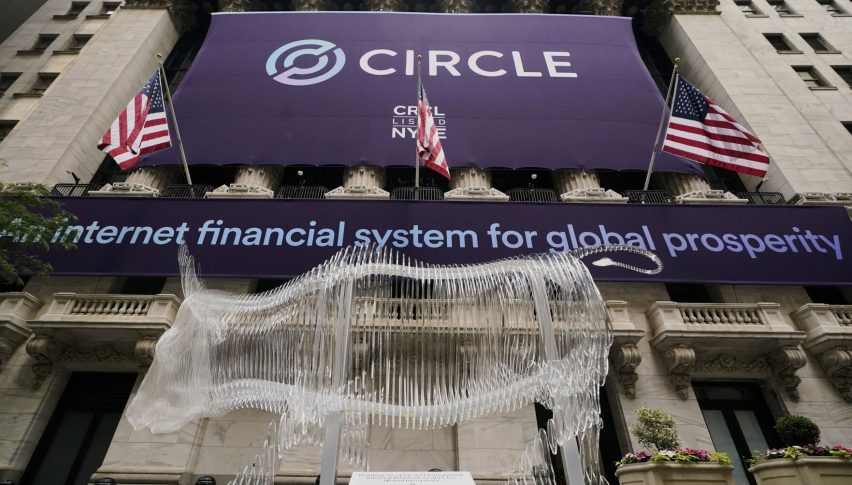Deciphering FOMC policy: Economic Projections & Labor Trends


The Federal Open Market Committee (FOMC) convenes bi-monthly to assess economic conditions and formulate monetary policy decisions. The meeting scheduled for today and Wednesday, will be closely watched by market participants. Here’s a breakdown of what to expect and how it could shape economic forecasts and labor market trends.
FOMC Meeting Agenda
The FOMC is set to issue its post-meeting statement on Wednesday at 2:00 PM ET. While no significant policy changes are anticipated, analysts will scrutinize the statement for clues about future interest rate adjustments throughout 2024. Additionally, the SEP, last updated in December, is due for revision, providing insights into GDP forecasts, inflation expectations, and unemployment rate projections.
Economic Projections and Policy Outlook
The December SEP revealed adjustments in GDP forecasts and inflation expectations. Notably, GDP growth projections for 2023 saw an upward revision, while forecasts for 2024 were revised slightly downward. Expectations for inflation, particularly the core PCE chain price, were lowered across the board. The “dot plot” from the December meeting hinted at a more dovish stance, suggesting a pause in rate hikes and a potential shift towards easing by mid-year.
Looking ahead to the March SEP, analysts anticipate modest adjustments in GDP and inflation estimates. The unemployment rate forecasts remain steady. There’s a possibility of upward revisions in the dot plot’s Fed funds rate estimates, potentially signaling a cautious approach to monetary policy normalization.
Labor Market Trends
Assessing labor market dynamics is crucial for understanding the broader economic landscape. Recent data indicates a firm start to 2024, with monthly payroll increases remaining steady. The unemployment rate, while above pre-pandemic levels, continues to decline gradually. However, broader measures such as the U-6 rate, which includes marginally attached workers and those employed part-time for economic reasons, remain elevated compared to pre-pandemic levels.
Wage growth, after experiencing pandemic-related distortions, has stabilized, indicating a tightening labor market. Measures like unit labor costs and the employment cost index reflect this trend, with moderate increases observed in recent quarters.
Inflation and Consumption
Inflationary pressures, while moderating from recent highs, remain a concern. Both CPI and PCE chain price measures have seen fluctuations, influenced by factors such as commodity prices and supply chain disruptions. Consumption, as reflected in real personal consumption expenditures (PCE), remains resilient, albeit with some variability across quarters.
Market Reaction and Future Outlook
Market participants will closely monitor FOMC communications for insights into future policy actions. Any signals regarding the timing of a potential easing cycle could influence market sentiment and asset prices.
In conclusion, the FOMC meeting presents an opportunity to gauge the trajectory of monetary policy, its implications for economic growth and employment. By analyzing economic projections, labor market trends, and inflationary pressures, stakeholders can better position themselves for potential market shifts.
- Check out our free forex signals
- Follow the top economic events on FX Leaders economic calendar
- Trade better, discover more Forex Trading Strategies
- Open a FREE Trading Account


